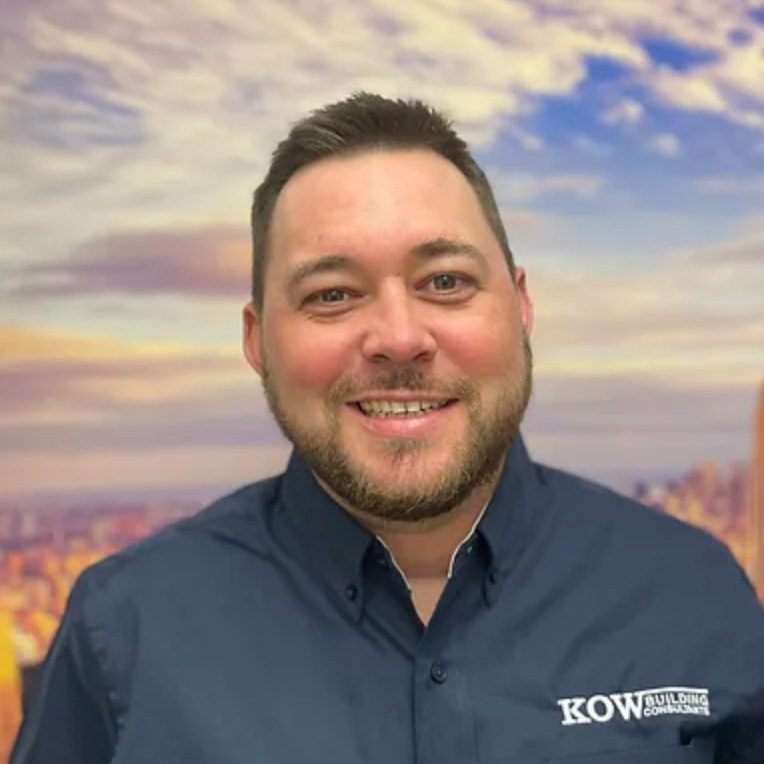Design 2147 CEO Sisto Martello recently spoke with Jamie Fales, Director of Commissioning for KOW Building Consultants, about the requirements for commissioning a building in New York City. Here are some of the important takeaways from the conversation.
Q. What does a Commissioning Agent (CxA) do?
A Commissioning Agent works for a building owner to make sure that the systems installed in a facility will work properly from day one. Commissioning is a framework to perform detailed testing on equipment to confirm systems will work as designed.
The Commissioning Agent’s role is to verify documentation for the equipment, inspect installation of the equipment, and then verify that the equipment is operating properly.
Q. Where does Commissioning take place in a construction timeline?
During the design, construction, and post occupancy phases.
- Design – Our work starts with reviewing the drawing sets around the 100% CD period. We look at the systems that need to be installed and think about if the equipment is accessible for maintenance. For example, can the maintenance team isolate valve around a hydronic pump for a repair or will they have to drain the whole system? How hard will it be to change air filters?
- Construction – This is our primary work period. We’re on site to inspect system installation and plumbing connections. We witness start-ups and balancing of airflows. VRF equipment is a large part of our focus as we witness the 24-hour pressure testing with nitrogen, system evacuation, final charge and start-up. Once equipment is online, we conduct extensive testing on common area equipment and generally will conduct sample testing on 10% of equipment in apartments.
- Post Occupancy – This is optional, we come back to evaluate that all systems are still working as designed before the one year warranty on equipment expires.
Q. What systems are typically commissioned?
Usually HVAC, Electrical and centralized Plumbing. Building Commissioning will not cover fire, security, or conveyance systems as those are typically handled by specialists.
Commissioning of these systems includes verification of equipment installation, calibration of controls, flow testing, and performance testing under various operating conditions.
- HVAC Systems:
- Heating and Cooling Equipment
- Ventilation Equipment
- Confirmation sample of Air-Side Balancing results
- Heating / DHW Distribution Piping from central plants
- Electrical Systems:
- Electric Resistance Heaters in Common Areas
- Sample of Common Area Lighting Controls
- Plumbing Systems:
- Domestic Hot Water (DHW) Systems
- Sump / Ejector Pumps
Q. An engineer’s report is required to be submitted to the Department of Buildings (DOB) prior to the final Certificate of Occupancy (CO). At that time, the DOB asks us if commissioning has started, because you can’t get your CO without it. How do those requirements work?
To receive the Temporary Certificate of Occupancy (TCO), the commissioning process needs to have been started at the building. To support that application for a TCO, we assemble a Preliminary Commissioning Report along with a memo detailing the progress of commissioning on site.
The Preliminary Commissioning Report includes an open issues log, compilation of site visit reports, list of documentation received and the status of testing for all equipment within the commissioning scope. The goal is to have completed and documented all but seasonal testing in that preliminary report.
Q. Who hires the commissioning agent?
It’s usually the owner or developer. We’re hired in parallel to the General Contractor. We want to have a good relationship with the General Contractor so that the project timeline is maintained. If we work together to discover and resolve an issue ahead of equipment startup, that could save a lot of money and headaches later for callbacks.
Q. Are commissioning agents independent from MEP (mechanical/electrical/plumbing)?
Yes, the Commissioning Agent is separate from the MEP. We review the drawings during design and then confirm the facility is being constructed to meet the design intent of the MEP.
Q. Take us through what happens when you arrive at a job site. Is everybody running around like crazy? Is that really the peak time for the commissioning?
It’s certainly a busy time on site, we would like to be there as soon as the equipment is piped or ducted or powered. If there’s a boiler getting installed, I want to be out there before pipe insulation is installed so that we can confirm appropriate pipe layouts and all components shown in the details have been included. Then we return when the equipment is ready for a startup while a factory representative is present to demonstrate the equipment functionality, setpoints, and alarms.
Q. What product does the commissioning agent produce at the end of a project?
We produce a Final Commissioning Report that will show that testing has been completed for all equipment within scope, confirm all documentation has been received, and that all issues identified have been resolved (or the responsibility to oversee corrections has been transferred to site staff.)
Q. After you finish your report and the building gets a final CO, what is your role in commissioning the building for the maintenance part of it?
The commissioning report and all supporting documentation that we have created and collected during commissioning can be turned into a “building bible.” When issues arise, the site maintenance team can quickly reference this bible to find information about equipment installed and how it should be working.
Q. What future changes might impact the commissioning process?
Refrigerant – Come January 2025, the most prevalent refrigerant used in new systems, Refrigerant R-410A, will no longer be allowed to be installed in new equipment, and it won’t be produced or imported in the United States. There is no easy replacement for R-410A, and a few different refrigerants have been proposed, some of which are difficult to work with, involve extra components or could be flammable. I anticipate that the FDNY will have a lot to say if a flammable refrigerant is the only viable replacement for residential or commercial spaces.
Electrification – With the moratorium on new gas installations, MEPs are now designing systems with heat pump water heaters that are often installed on rooftops. How do we back them up so that they don’t freeze? The systems I’ve seen so far are specifying installing electric heat tracing, but if a building loses power in the winter, then the whole system freezes. Then all exterior piping components could freeze and potentially burst. If a system is to be installed on the exterior, is there an easy way to drain the system even if the building does not have power?


